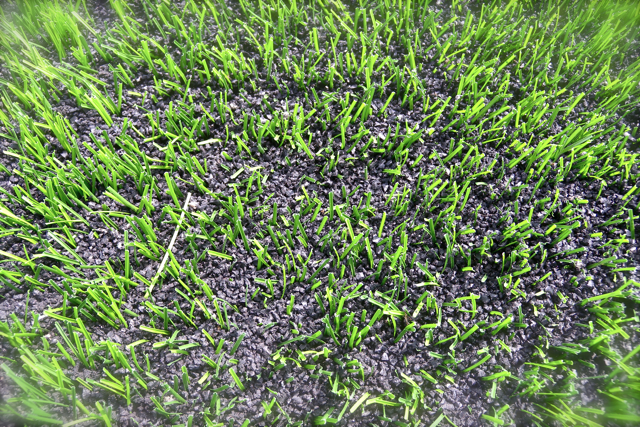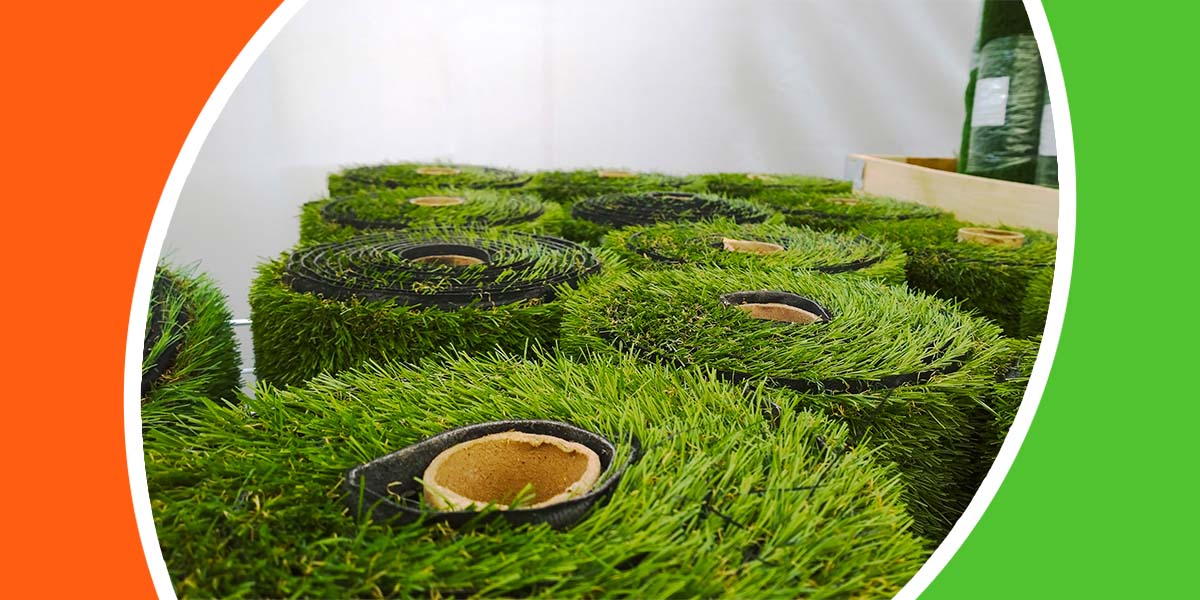Long-Lasting Arizona Artificial Turf for Residential and Business Applications
Long-Lasting Arizona Artificial Turf for Residential and Business Applications
Blog Article
Delve Into the Environmental Benefits of Opting for Artificial Turf Solutions
The adoption of fabricated grass services provides a compelling opportunity to resolve pressing environmental challenges. By significantly lowering water use and reducing the application of damaging chemicals, these options not just advertise sustainable landscape design yet likewise protect regional communities. Furthermore, the lower carbon impact related to lowered upkeep activities adds to a more sustainable approach to land management. Nevertheless, the ramifications of these advantages extend past mere preservation efforts, elevating inquiries about their long-term influence on environment preservation and total eco-friendly balance. Checking out these measurements exposes a complex interplay worth taking into consideration.
Water Preservation Benefits
One of the most substantial advantages of fabricated turf is its capacity to save water. Typical yard yards need significant watering, particularly in areas susceptible to dry spell or water constraints. On the other hand, fabricated lawn does not require watering, significantly reducing the total need for water sources. This attribute is specifically valuable in dry regions where water shortage is a pushing issue.
By removing the demand for routine watering, synthetic grass contributes to lasting landscape methods and helps alleviate the environmental effect of excessive water intake. The conservation of water expands to the reduction of overflow, which can lead to dirt disintegration and river pollution.
Furthermore, the installment of synthetic grass allows municipalities and house owners to assign water sources extra efficiently, concentrating on essential uses such as alcohol consumption water and farming. The shift in the direction of synthetic lawn not just advertises responsible water usage however additionally straightens with more comprehensive ecological objectives targeted at maintaining natural sources.
As areas increasingly prioritize sustainability, the water conservation advantages of artificial turf present a compelling situation for its fostering in commercial and residential landscaping tasks.
Lowered Chemical Use
The change to fabricated grass dramatically lowers the dependence on chemical therapies commonly utilized in natural turf maintenance. Conventional grass administration commonly entails the application of plant foods, herbicides, and chemicals to promote growth and control insects. These chemicals can position risks to human wellness, neighborhood wildlife, and the atmosphere, contributing to soil and water contamination.
On the other hand, artificial lawn removes the requirement for these damaging compounds. As soon as installed, it needs minimal upkeep, largely including regular cleansing and occasional infill replenishment. This reduction in chemical use not just profits the prompt atmosphere but additionally adds to broader eco-friendly security. By decreasing the launch of artificial substances into the ecological community, synthetic grass advertises healthier dirt and water systems.
Furthermore, the absence of chemical drainage connected with synthetic grass setups helps secure local waterways from pollution, sustaining aquatic life and preserving biodiversity. Arizona artificial turf. As communities increasingly focus on lasting techniques, going with synthetic grass offers a practical option that lines up with ecological conservation goals. With this change, property owners can appreciate lavish green spaces without compromising ecological health and wellness, paving the method for an extra lasting future
Reduced Carbon Impact

In addition, the setup of synthetic grass can result in substantial water conservation. Natural lawns require substantial amounts of water for irrigation, which not only contributes to the carbon impact connected with water removal and therapy yet also strains neighborhood water resources. On the other hand, man-made grass requires marginal upkeep, requiring no watering, thus substantially minimizing water use and its associated energy costs.
Additionally, the longevity of synthetic grass adds to its reduced carbon impact. With a lifespan of as much as 15 years or even more, the requirement for regular replacements is decreased, causing much less waste and reduced energy usage in manufacturing and dealing with traditional turf alternatives. Overall, synthetic grass provides a sustainable option for environmentally aware landscape design.
Environment Conservation
Habitat preservation is a critical factor to consider in the dispute over landscape design options, particularly when contrasting synthetic grass to natural grass. All-natural lawn yards commonly need extensive upkeep, including making use of visit our website plant foods, pesticides, and herbicides, which can detrimentally affect local ecological communities. These chemicals can leach into the soil and rivers, harming indigenous flora and animals and interfering with regional environments.
Synthetic grass gets rid of the demand for harmful chemicals, thus safeguarding close-by wild animals and preserving the stability of bordering ecological communities. The installation of artificial turf can lead to the conversion of former grass areas right into even more biodiverse landscapes, such as pollinator yards or indigenous plant locations, which can sustain regional wildlife.
Eventually, the transition to synthetic turf not only conserves water and reduces maintenance initiatives yet likewise promotes a much more harmonious relationship in between human tasks and the native environment, promoting habitat conservation at the same time.
Long-Term Sustainability
Long-lasting sustainability is a critical consider examining the advantages of artificial lawn over typical lawn lawns. One of one of the most considerable benefits of synthetic lawn is its durability; it can last approximately 15-20 years with very little maintenance, whereas natural yard needs frequent reseeding and substitute. This durability decreases the demand for continuous resources, such as water, plant foods, and pesticides, which are crucial for maintaining a healthy and balanced grass lawn.
Additionally, fabricated lawn contributes to a decrease in carbon emissions related to yard care tools. Conventional grass frequently need gas-powered mowers, leaners, and website link blowers, all of which add to air pollution. Artificial turf companies phoenix. In comparison, synthetic grass gets rid of the need for such devices, advertising a cleaner environment
Additionally, the manufacturing of synthetic grass increasingly utilizes recycled materials, improving its sustainability profile. As manufacturers embrace environmentally friendly methods, the ecological footprint of fabricated lawn remains to decrease.

Conclusion
The adoption of fabricated lawn options presents considerable environmental advantages, consisting of considerable water conservation, decreased dependence on damaging chemicals, and a lower carbon footprint. Moreover, synthetic grass help in protecting natural habitats by lessening land disruption and advertising long-term sustainability via Visit This Link using durable materials. Jointly, these variables highlight the potential of man-made turf to add positively to environmental wellness and provide a sensible option to traditional landscape design practices in a progressively resource-conscious world.
In contrast, man-made grass does not need watering, substantially decreasing the total need for water sources. By reducing the launch of synthetic compounds right into the community, artificial grass advertises much healthier dirt and water systems.
In addition, the installment of man-made lawn can result in substantial water preservation. In contrast, synthetic grass needs marginal upkeep, calling for no watering, thereby substantially lowering water usage and its connected power prices.

Report this page